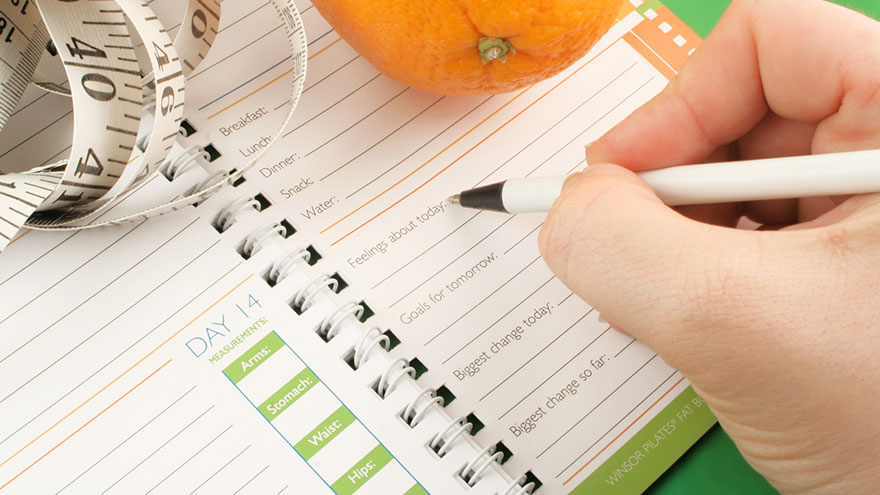Food Journal Ideas
A food journal is a way for people to keep track of daily eating habits. A food journal not only records what you eat, but can help you see which foods you eat too much of or if you need to add more of a particular food to your diet.
Keeping track of portion sizes is important as well. Both the quantity and quality of the food you eat are a part of a healthy lifestyle.

Journal
A food journal is an essential tool for anyone looking to begin or continue healthy eating habits. Your journal should include what foods you eat each day and the portion sizes at the very least.
Including calories is a good idea so you don’t think something is healthy when it’s not. If you are concerned about specific diet needs, such as cholesterol levels or eating enough fiber, keep track of those details as well. Place a list of basic foods, condiments, fruits and vegetables with the corresponding information in the journal so you have easy access when recording your meals.
Food Friend
Help yourself stay accountable by e-mailing a friend each night with your journal entries. An outside perspective can help you see problems or successes you may have missed. A friend can also encourage you in keeping the food journal up to date.
Magnets
If writing in a journal isn’t your style, try an alternative method. Create magnets for each food group you need in a day. For example, four to five vegetable magnets, three proteins and two dairy.
Start each morning with the magnets on one side of the refrigerator and as you eat an item, move the corresponding magnet to the other side. While this doesn’t keep track of portions, it is a good visual aid and can tell you in a glance if you are low on fruit or whole grains or another food group for the day.
Tips
- Knowing what to look for, or extra items to keep track of, can help you make your food journal work for you. Carry your food journal with you or a small notebook that you can write food down as you eat it and transfer the information to the journal later.
- Pay attention to portion sizes and don’t cheat. No one else needs to see your journal, but you won’t help yourself if you aren’t honest. That also means keeping track of condiments and sauces that provide hidden calories, and noting what time of day you are eating snacks and meals.
- Finally, review your journal at least once week to see where you’re succeeding, improving or still need work.
You Might Also Like :: How to Add a Pen Holder to Your Journal

